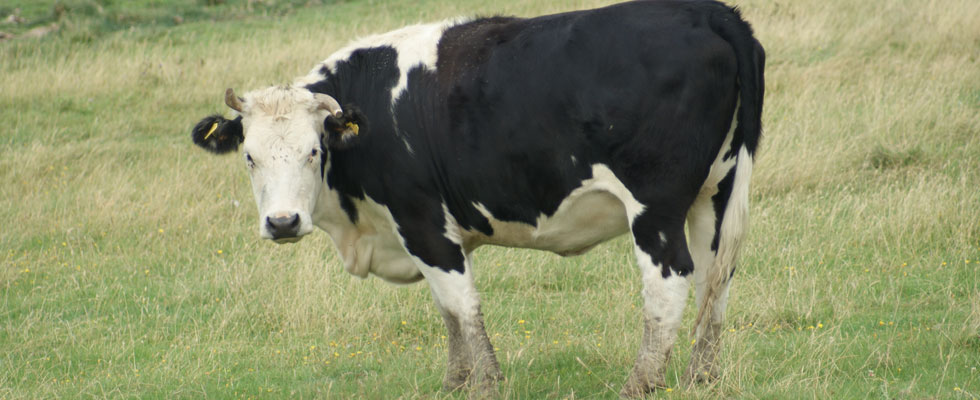
Sustainability in agrofood systems can be defined in a variety of ways. To summarise a few common notions: a sustainable food system should minimise the use of non-renewable inputs; should not take more from the environment than is put back in; should act fairly with regard for all other human beings both now and in the future; should care for the Earth and our environments, including other living beings; and should create healthy, nourishing foods to be consumed mindfully.
PAMELA NGWENYA
Furthermore, sustainable agriculture works with local farmers’ knowledge, improving self-reliance and building on human and social capital. This weekly column explores these ideas and reports on examples of sustainability projects from around Zimbabwe that are working towards these goals.
It is by now accepted that large areas of grasslands around the world are undergoing desertification; an estimated one-third of the Earth’s surface is covered with grasslands that are facing the threat of desertification. In Zimbabwe, much of the Region 5 designated areas of the countryface such a problem.
Overgrazing is often blamed for degrading lands and desertification. But it is important to understand that overgrazing is a function of time and not of animal numbers. Overgrazing is most often a result of livestock returning to a grass plant before it has had time to regenerate.
As the Savory Institute put it: “In the past, large wild herds of herbivores such as caribou and buffalo migrated over the land to find food and avoid predators. These herds grazed, defecated, stomped and salivated as they moved across the grasslands, building soil and deepening plant roots. Once these herds had migrated onward they would not return to an area until it had recovered.
“Unfortunately, over time, the wild herds disappeared and were replaced by small numbers of domestic, sedentary livestock. Without the timely stomping and excrement of large numbers of animals, the cycle of biological decay in these grasslands was interrupted and the once-rich soils turned into dry, exposed desert land.”
A research paper by Constance L Neely and Jody Butterfield argues that “when animals are allowed to roam at will, they will indeed revisit plants before the plants can recover. However, when animals are herded so as to ensure that they do not re-graze plants before they have recovered, then overgrazing is no longer an issue.”
- Chamisa under fire over US$120K donation
- Mavhunga puts DeMbare into Chibuku quarterfinals
- Pension funds bet on Cabora Bassa oilfields
- Councils defy govt fire tender directive
Keep Reading
At the African Holistic Management Centre (AHMC) in Dimbangombe, (near Victoria Falls), around 400 cattle and 100 small livestock are herded together in compact areas. Many of the cattle belong to community members from Hwange, where forage and water are becoming scarce due to a lack of grazing management. By mimicking the behaviour of wild herds and keeping the livestock moving, the AHMC minimize overgrazing, leading to an increase in ground cover. This system is called planned grazing. The livestock are also kept together in a compact, mobile krall overnight. After 7 days, the krall is moved, leaving behind a manured and hoof-trampled area. This is perfect for regeneration of grasses and seedling growth. The planned grazing strategy uses the livestock to improve soil aeration, soil fertility and rainwater penetration. It also gives the grasslands time to regenerate.
Until four years ago, there was only one permanent water source on the entire Dimbangombe ranch. Today, as a result of the planned grazing strategy, parts of the rivers now flow throughout the year, lasting through the first eight months of the dry season. This is a sign of rising ground water levels and is due to less bare ground, which allows the rain water to sink into the soil, rather than running over the surface and evaporating. The river water is clean and the river banks are healthy and well-vegetated, reducing erosion.
This method of livestock management has been tested all over the world and is proved to be an excellent tool for regenerating grasslands and restoring water catchments. As has been shown at Dimbangombe, there is much potential for planned grazing to help rejuvenate degraded environments in Zimbabwe.
Dr Pamela Ngwenya is a postdoctoral fellow at the School of Built Environment and Development Studies, University of KwaZulu-Natal











